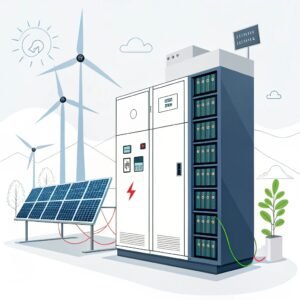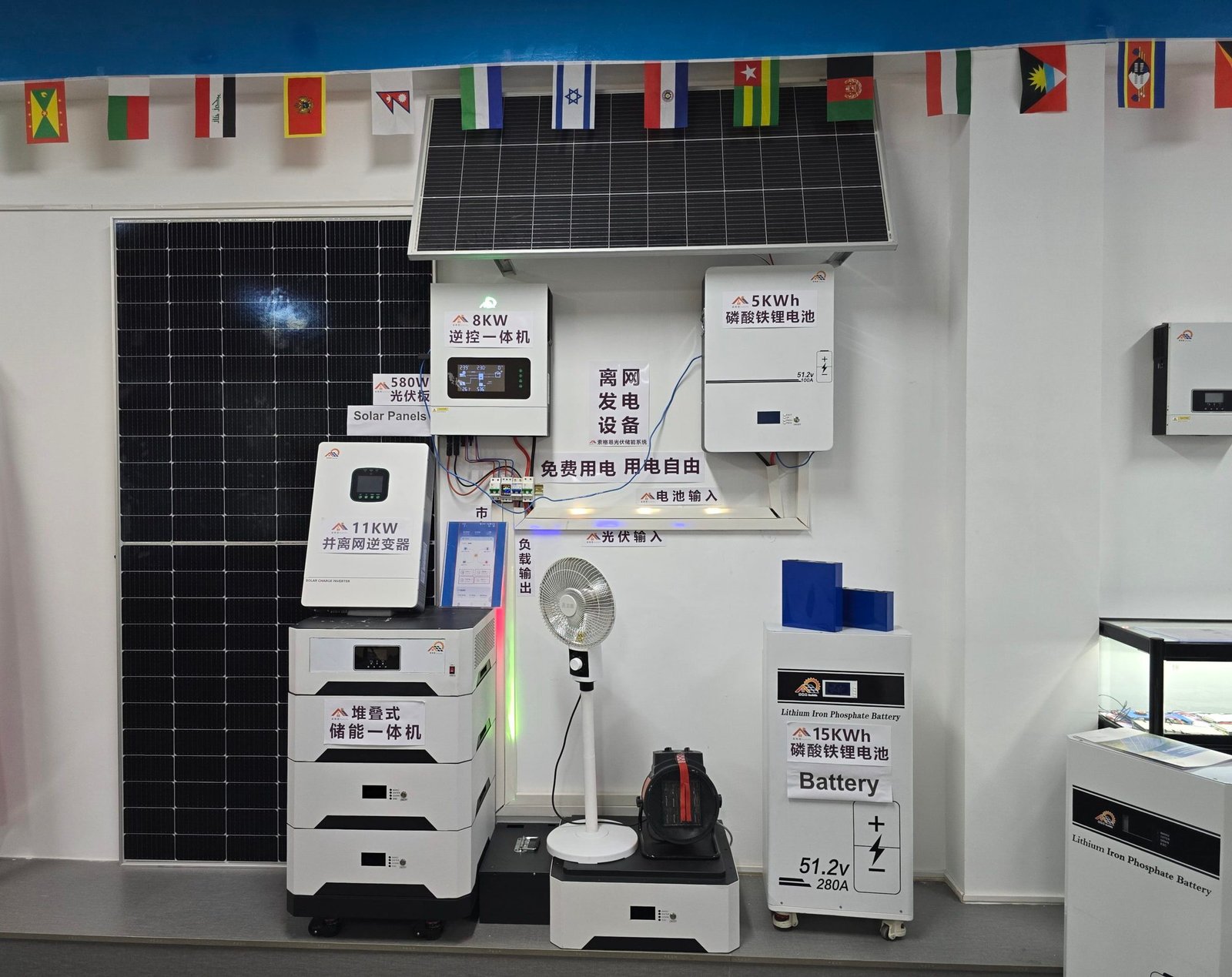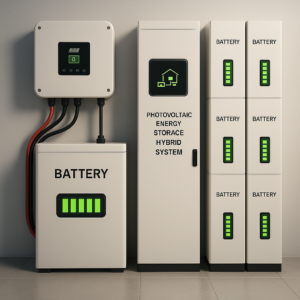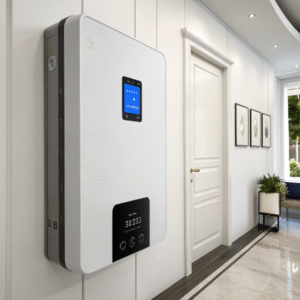Which is Better, Off-Grid or On-Grid Solar Systems?
by
Which is Better, Off-Grid or On-Grid Solar Systems?
You're considering solar power but can't decide between connecting to the grid or going completely independent. Both options have significant advantages that could impact your energy costs and reliability.
Off-grid systems provide complete energy independence but require larger investments in batteries and equipment, while on-grid systems offer lower upfront costs and reliability through utility connection.
What is a Hybrid Off-Grid System?
Can't decide between off-grid and on-grid? A hybrid system might offer the perfect middle ground for your energy needs.
A hybrid off-grid system combines solar panels with battery storage while maintaining a connection to the utility grid, providing both energy independence and backup power options.
How Hybrid Systems Work
Hybrid systems intelligently manage three power sources:
- Solar panels - Primary daytime power source
- Battery bank - Stores excess solar energy
- Utility grid - Backup power when needed
Key components:
- Solar panels (3-8kW typical for homes)
- Battery bank (10-20kWh capacity)
- Hybrid inverter (manages all power sources)
- Grid connection (for backup)
Advantages:
✔ Reduced reliance on grid
✔ Lower electricity bills
✔ Power during outages
✔ Potential for net metering
What is the Best Battery for Off-Grid Living?
Your off-grid system is only as good as its battery storage. With so many options available, choosing the right one is crucial for reliable power.
Lithium-ion batteries currently offer the best combination of lifespan, efficiency, and maintenance-free operation for off-grid solar systems, despite higher upfront costs.
Battery Comparison for Off-Grid Use
| Battery Type | Cycle Life | Depth of Discharge | Efficiency | Maintenance | Cost per kWh |
|---|---|---|---|---|---|
| Lithium-Ion | 4,000-7,000 | 80-90% | 95-98% | None | $500-$900 |
| Lead-Acid (Flooded) | 500-1,200 | 50% | 70-85% | High | $100-$300 |
| AGM | 500-1,000 | 50% | 80-85% | Low | $200-$400 |
| Saltwater | 3,000-5,000 | 100% | 85-90% | None | $400-$700 |
For most off-grid applications, lithium batteries like the Tesla Powerwall or LG Chem RESU provide the best long-term value despite higher initial costs. Their deep discharge capability and long lifespan make them ideal for daily cycling.
Can You Go Off-Grid with Hybrid Inverter?
Hybrid inverters are revolutionizing solar systems, but can they truly support complete off-grid living?
Yes, modern hybrid inverters like the Sol-Ark 15K or Outback Radian can power full off-grid homes when properly sized with sufficient solar panels and battery storage.
Key Features of Off-Grid Capable Hybrid Inverters:
- Battery charging - From both solar and grid
- Grid-tie functionality - For net metering when available
- Generator support - Automatic backup power
- Load management - Prioritizes critical circuits
- Surge capacity - Handles motor startups
Sizing considerations:
- Daily energy consumption (kWh)
- Peak power demands (kW)
- Battery storage capacity
- Solar array size
- Backup power options
My Insights
Having installed both systems, I've found that hybrid systems offer the most practical solution for most homeowners. They provide the security of grid connection while allowing substantial energy independence. For remote locations, true off-grid systems make sense, but require careful planning and larger budgets.
Conclusion
The choice between off-grid and on-grid depends on your location, budget, and energy goals. Hybrid systems often provide the best balance of independence and reliability for most users.
You may also be interested in:




